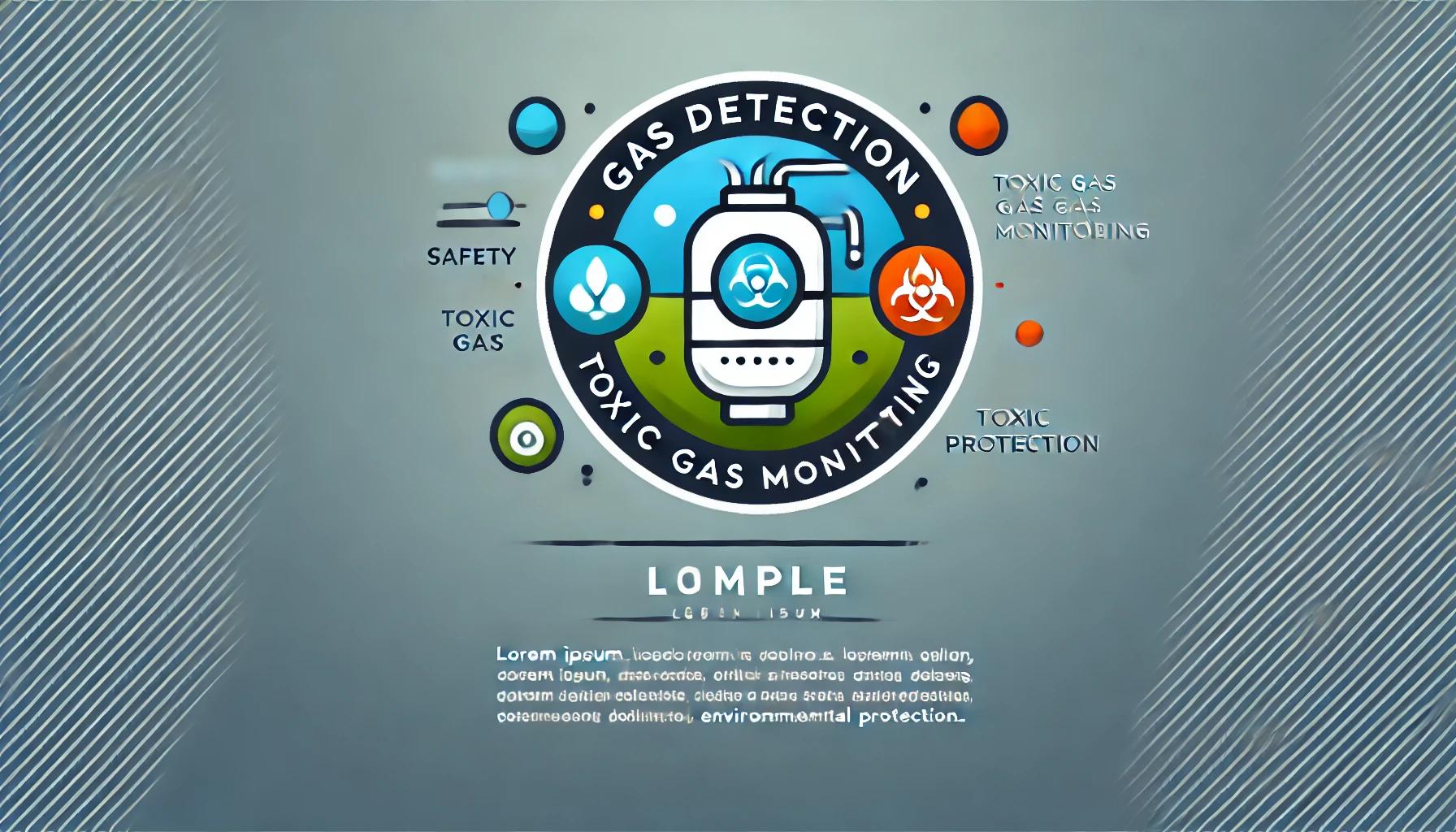Introduction to Gas Detection
In industries that handle hazardous materials—such as chemical manufacturing, mining, oil and gas, and wastewater treatment—worker safety is paramount. One of the most significant risks in these environments is the presence of dangerous gases, which can lead to explosions, toxic exposures, or even fatalities. This is where gas detectors come into play, serving as essential tools for ensuring the safety of personnel and maintaining compliance with strict industry regulations.
When it comes to hazardous environments where explosive gases may be present, it is critical to use equipment that is certified for safety. Gas detectors that are ATEX certified are specifically designed to operate in these risky areas, ensuring that workers are protected from the dangers of flammable or toxic gases. But what exactly does ATEX mean, and why is it essential for gas detection technology? Let’s dive into the topic and explore its significance.
What is ATEX Certification?
ATEX stands for "Atmosphères Explosibles" (Explosive Atmospheres), which is a directive from the European Union that governs the safety of equipment used in environments where there is a risk of explosion due to the presence of flammable gases, vapors, or dust. The ATEX directive ensures that equipment used in such areas meets stringent safety standards to minimize the risks of ignition and explosion.
The ATEX directive is split into two key categories:
ATEX Equipment Directive (2014/34/EU): This defines the requirements for equipment used in explosive atmospheres, such as gas detectors.
ATEX Workplace Directive (99/92/EC): This establishes the safety requirements for workplaces at risk of explosive atmospheres, ensuring that appropriate safety equipment is used.
Gas detectors that carry ATEX certification have undergone rigorous testing to ensure they can operate safely in these environments. They are built to prevent sparks, overheating, or any other electrical issues that might ignite explosive gases. Without this certification, the risks of dangerous accidents are greatly amplified.
Why is ATEX Certification Crucial for Gas Detectors?
Prevention of Explosions: The primary function of ATEX-certified gas detectors is to detect hazardous gases in the air before they reach explosive levels. These devices are designed to provide early warning signals through alarms or visual indicators, allowing workers to take immediate action, such as evacuating the area or activating ventilation systems.
Ensuring Worker Safety: Workers in hazardous environments are exposed to numerous risks, including toxic gas exposure and fire hazards. An ATEX-certified gas detector is a lifesaver that ensures the environment is continuously monitored for dangerous gases, reducing the risk of accidents and fatalities.
Compliance with Regulations: In many industries, compliance with safety regulations is mandatory. The ATEX certification serves as proof that a gas detector meets all the necessary safety requirements, allowing businesses to stay compliant with local and international regulations. Failing to use certified equipment can result in legal consequences, hefty fines, and damage to a company’s reputation.
Versatility Across Industries: Gas detectors with ATEX certification can be used across various industries, including:
Oil and Gas: Detecting gases like methane, hydrogen sulfide, and carbon monoxide.
Mining: Preventing the risks associated with explosive gases found in underground mining operations.
Chemical Processing: Monitoring for toxic or flammable gases that can be released during chemical reactions.
Wastewater Treatment: Identifying methane and hydrogen sulfide, which are common in these environments.
Key Considerations When Choosing an ATEX Gas Detector
Explosion Protection: The gas detector should be equipped with explosion-proof components, ensuring that it will not spark or generate heat under normal operating conditions, even if it is exposed to hazardous gases.
Portability vs. Fixed: Depending on the application, you will need to decide between portable or fixed gas detectors. Portable detectors are ideal for workers who need mobility, while fixed detectors are permanent installations for continuous monitoring.
Gas Detection Range: Ensure the gas detector can detect the specific gases present in your environment. Some gas detectors are designed to detect only one specific gas, while others can monitor multiple gases.
Durability and Battery Life: Especially for portable units, it’s essential that the gas detector is rugged, durable, and capable of withstanding harsh environments. Long battery life is a crucial feature for portable devices to ensure continuous safety without frequent recharging.
Calibration and Maintenance: Regular calibration of the gas detector is vital to ensure accuracy and reliability. Some devices offer features that simplify the calibration process, making them easier to maintain.
How ATEX Gas Detectors Work
Gas detectors with ATEX certification are typically equipped with sensors that can detect gases in the air in real-time. These sensors measure the concentration of gases such as oxygen, methane, carbon monoxide, hydrogen sulfide, and others, providing data on the gas levels in the environment.
When gas levels reach a certain threshold, the detector activates an alarm to alert workers to the potential danger. Some advanced models can also communicate these alerts to central monitoring systems or even trigger automated responses like shutting off equipment or activating ventilation systems.
Conclusion: The Future of ATEX Gas Detectors
As industries continue to evolve and the demands for worker safety increase, ATEX gas detectors will play an even more critical role in ensuring that hazardous environments are monitored effectively. The technology behind these devices is also advancing, with the inclusion of IoT capabilities, real-time data reporting, and remote monitoring to improve safety and operational efficiency.
As we move forward, businesses should prioritize safety by selecting ATEX-certified gas detectors that are tailored to their specific industry needs. Investing in quality gas detection equipment ensures not only regulatory compliance but also the protection of the most valuable asset—human life.

Related Topics for Further Reading:
The Top ATEX Gas Detectors for Mining and Oil & Gas Industries
How to Choose the Right ATEX Gas Detector for Your Workplace
The Role of IoT in Gas Detection Technology
The Future of Worker Safety: How ATEX Gas Detectors are Evolving
website.
Contact: Tina Liu
Phone: +86-15015193290
Tel: 0769-81052116
Email: sales@ohach.com
Add: Room 202, Lane 4, Fushan Tangkeng, Liaobu Town, Dongguan city, Guangdong Province